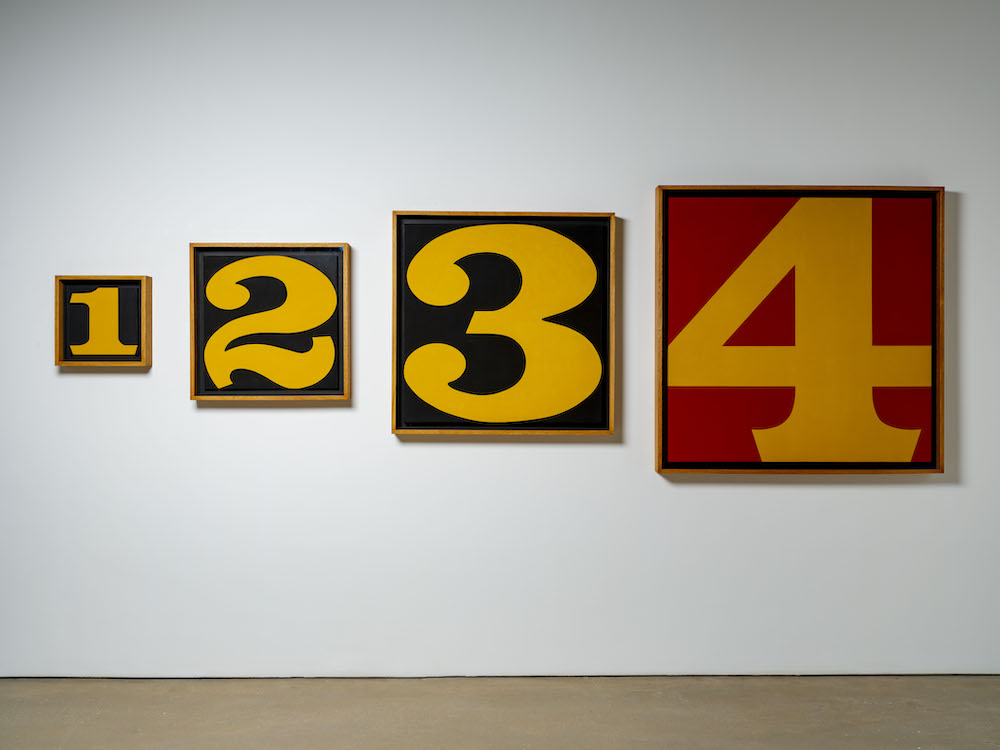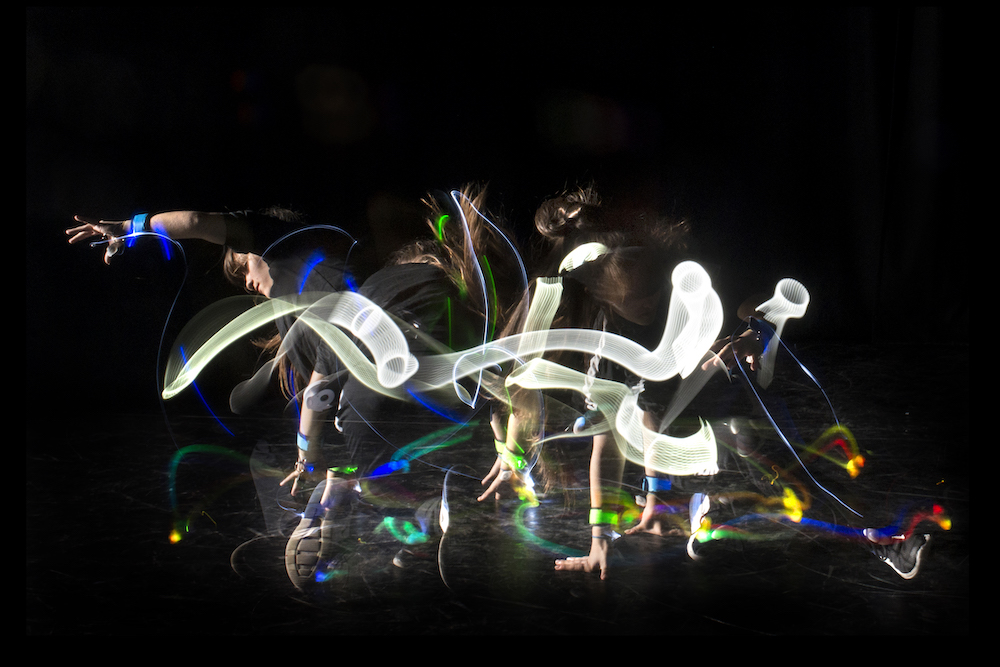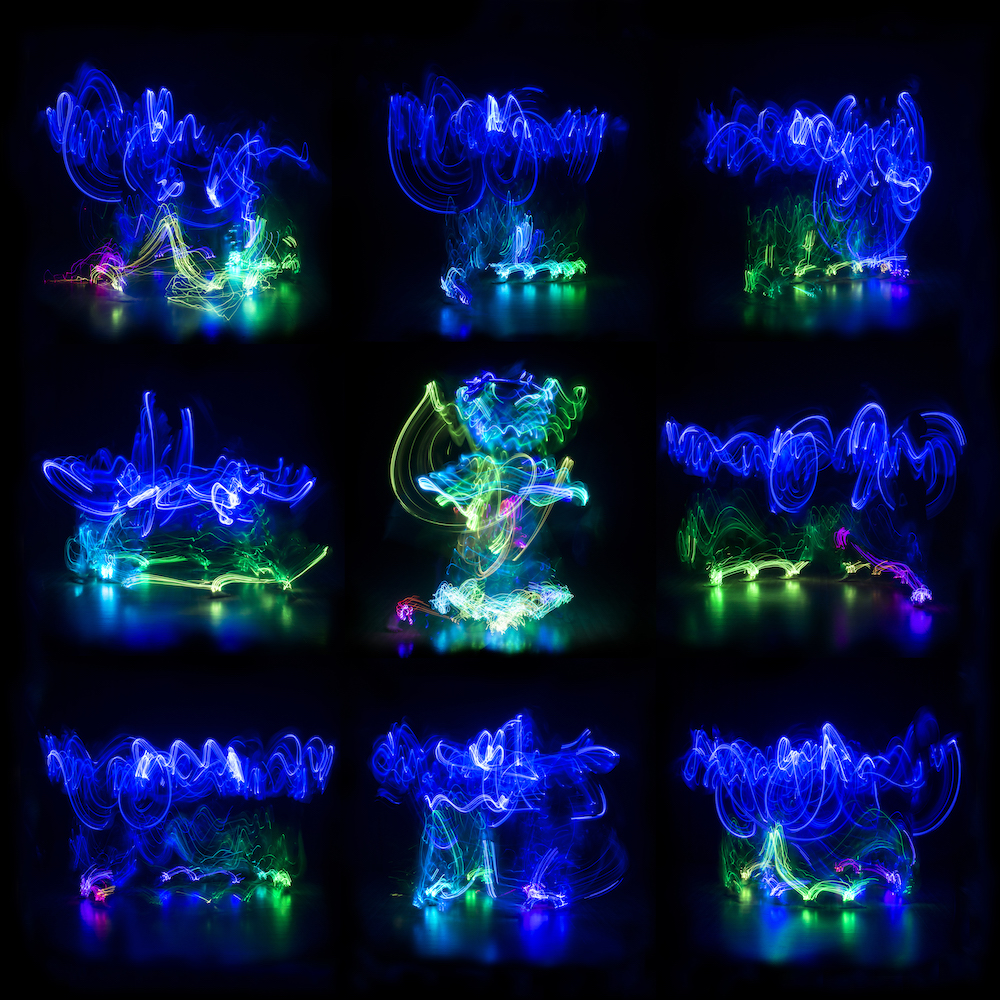Strength and resilience rise to the fore through the first major UK exhibition of artist Robert Indiana, currently on show at Yorkshire Sculpture Park

Arriving at Yorkshire Sculpture Park on a cloudless morning in March, it was strange to think that just days ago one of the worst storms in years had wreaked havoc here. The 500-acre park had lost three of its ancient trees; the grounds were left muddy and the branches bare. But, in a moment of respite, there was a refreshing sense of hope and resilience in the air, as well as the welcomed scent of spring exuded through the dozens daffodils sprouting from the earth.
Celebrating its 45th anniversary this year, the park has been at the epicentre of contemporary sculpture for the past four decades. There are currently more than 80 works from major sculptors peppered amongst its grounds including Phyllida Barlow, Ai Weiwei, Joan Miró, Damien Hirst and Barbara Hepworth, with site-specific works from Andy Goldsworthy, David Nash and James Turrell. It’s a treasure trove for art lovers, nature enthusiasts and dog walkers alike; there’s something for everyone whether it’s a leisurely stroll, a picnic, a gawk at the 18th-century Bretton Hall estate, or to revel in the work of some of the world’s best-known sculptors.

There’s much to explore, not least in the park’s ongoing exhibition programme located in six indoor galleries and the outdoors. For 2022, the YSP opens the doors to the first major UK exhibition of American artist Robert Indiana, spanning 60 years of his magnanimous sculpting career with many works previously unseen. Additionally, there’s a selection of drawings by sculptor and land artist David Nash presented in The Weston Gallery and Bothy Gallery, while Yukihiro Akama’s miniature wooden houses are shown in the YSP Centre. A common denominator throughout it all is a profound feeling of love and strength, addressed through the key topics of the major exhibitions – that being politics and sustainability. This is oozed through the works entirely but most prominently at the entrance of the site, Indiana’s iconic Love (Red Blue Green) (1966-1998), stands proudly as if it were watching over us all, reminding us of one of the most universally felt emotions.
Clare Lilley, who’s recently been appointed the new director of YSP, spoke of the “incredible coincidence” of making this exhibition at this point in time. The moment she saw Love being installed at the park, for instance, she sobbed. The invasion of Ukraine had just been announced and – holding back her tears greatly – she remarks how “love is symbolic for the current world”. Love couldn’t be more symbolic or more pertinent, despite the fact that it was crafted decades ago.

The tone was set for the remainder of the day as Clare took us on a guided tour of the park, first beginning with Indiana’s outdoor structures allude to his fascination with the graphic, numerical form. “Numbers fill my life,” he stated, penned in the release. “They fill my life even more than love. We are immersed in numbers from the moment we’re born.” Heading indoors, we gazed at the surprisingly mixed-media works; brass pieces constructed to look like wood, earlier collage forms, or phallic columns addressing the impact of the AIDS crisis to name a few. Tracing six decades through 56 sculptures, we saw the artist’s practice in full swing as he depicted his own version of the American Dream – a darker one at that. Forging a connection between politics, society and art, Indiana’s momentous career has poked hard at the world for its discrimination of LGBTQIA+ communities and racism. It’s a hopeful reminder of love and unity.
The day continued as we strolled through the luscious grounds, inhaling the fresh air and either avoiding or ingesting the Marmite pieces from Hirst in the nearby distance. David Nash was our next stop – a painterly depiction of our relationship with nature perceived through an evolving study of trees – before heading to witness James Turril’s Deer Shelter Skyspace, a moment of calm as we peaked through the cut out roof of an 18th-century Grade II Listed building (an old deer shelter). Swapping the foot for a sturdy Land-rover, the final steps of the day were observed through the window as the helpful guide navigated us through the on-site sculptures and artworks. A personal favourite being the biodegradable pavilion created by Studio Morison, where timber, thatch and compacted earth has been constructed to allow visitors in for a moment of peace and quiet. Eventually, the piece will fall in on itself and decompose. It’s a stark comment on the fragility of nature, echoed by the fallen trees and bent branches from the storm.
YSP is undeniably a tranquil setting, and the final moments of the day were with concluded with calm, wind-hit faces and an unanimous feeling of contentment. Consumed by nature-rich parklands and the evocative artworks on display, I couldn’t think of a more apt location for discussing themes of love, resilience and our relationship with the planet – a greater reflection of what’s happening in the world right now.
Robert Indiana: Sculpture 1958-2018 is on show at YSP’s Underground Gallery and Open Air between 12 March 2022-8 January 2023

















